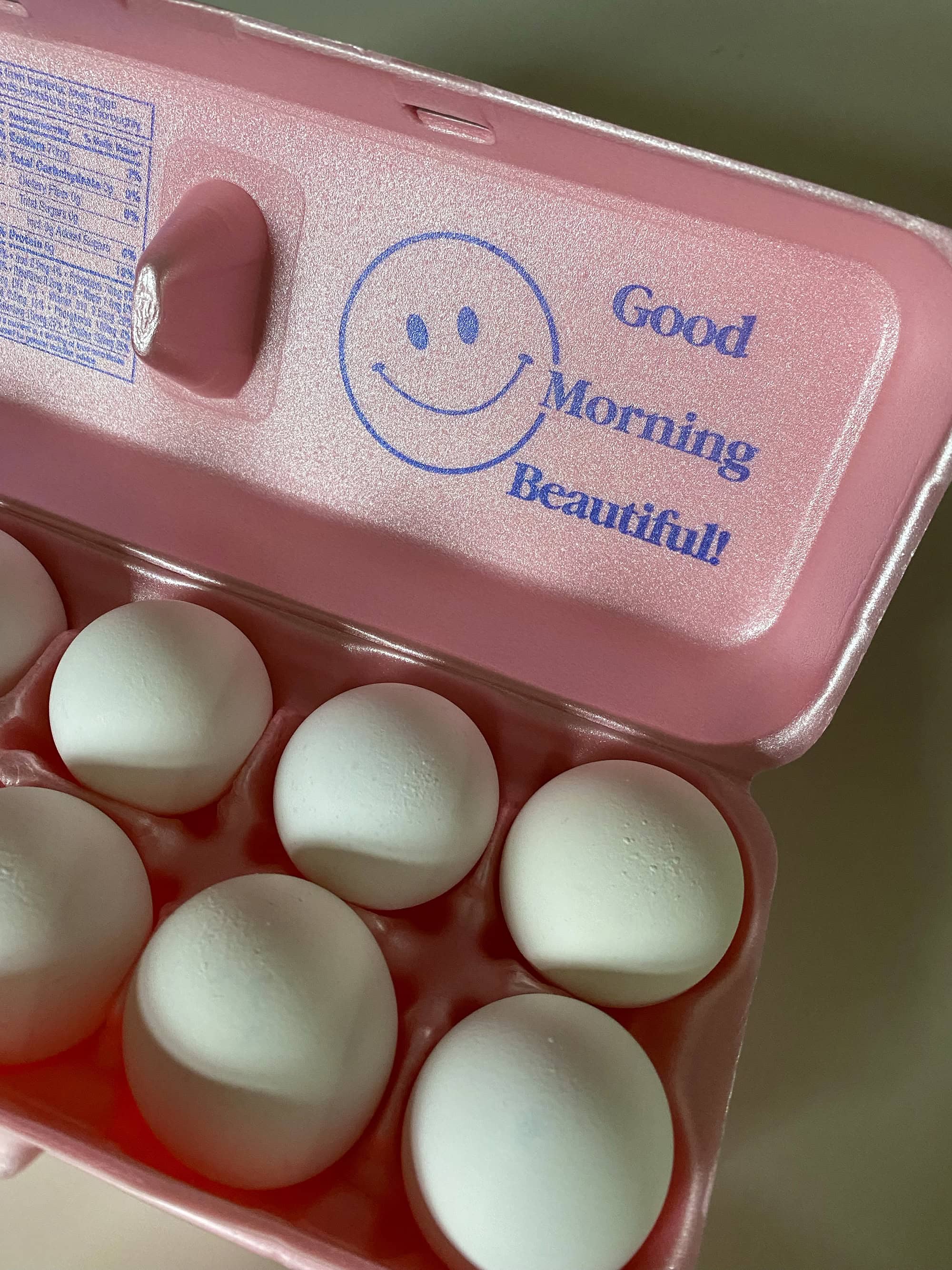Sell Smarter. Sell Higher.
Why Some Businesses Can Sell a Product for €200 While Others Sell the Same for €20
Have you ever wondered why some companies can sell a product at a high price, while others sell a similar product for much less? The difference isn’t always in the quality—it’s in branding, presentation, and how they leverage the psychology of desire.
1. Higher Prices Start with Desire
People don’t just buy products—they buy the feeling, status, or identity a product conveys. Strong branding creates desire, giving customers a reason to choose your brand over cheaper alternatives. As David Ogilvy famously said, “The consumer isn’t a moron, she is your wife”—meaning people respond to brands that respect their intelligence, aspirations, and emotions. When your website and brand communicate professionalism, quality, and trust, customers are willing to pay more.
2. Branding as a Signal of Value
Your brand tells a story. It communicates who you are, what you stand for, and why your product is worth a higher price. This is a classic example of perceived value, a concept highlighted by marketing experts like Philip Kotler. Strong branding turns products into more than commodities—they become choices customers feel proud of. Think Apple: the same technology could exist in a generic device, but the Apple brand adds prestige, trust, and identity.
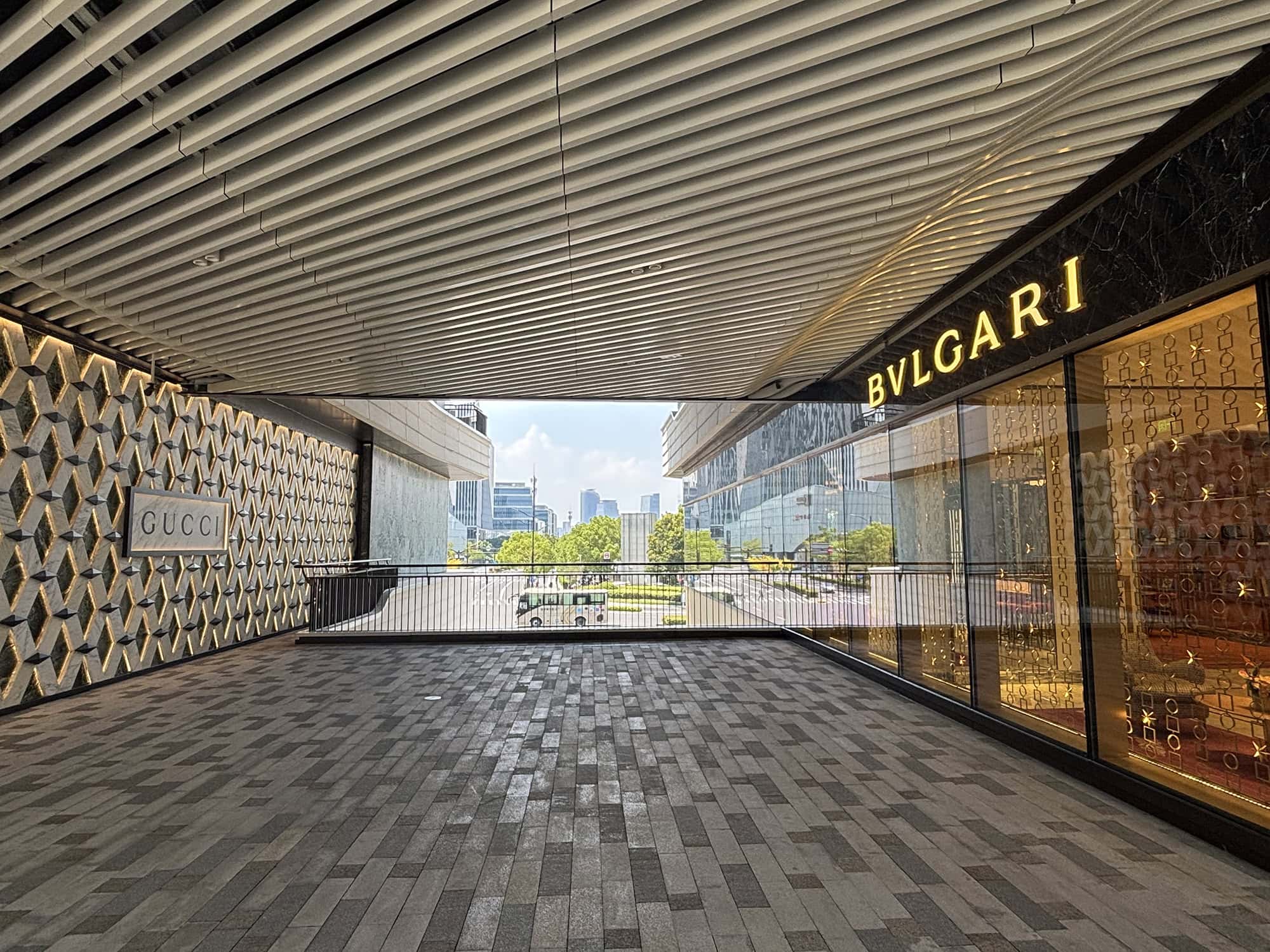
3. Your Website Is Your Most Powerful Sales Tool
Your website is often the first impression potential customers have of your business. A clean, professional, and well-designed website instantly signals quality and trustworthiness. High-priced products need visual credibility—high-quality images, thoughtful layouts, and messaging that conveys value. Cialdini’s principle of authority shows us that when a business appears professional and confident, people are more likely to trust and buy from it.
4. Exclusivity and Personalization Matter
Even if your products aren’t luxury, people are drawn to exclusivity. Limited editions, curated collections, or personalized services make customers feel special and justify higher prices. Scarcity is another principle from Cialdini’s Influence—people value things more when they feel rare or unique. Your website is the perfect stage to showcase these unique selling points.
5. Emotional Connection Sells
People buy with emotion first, logic second. Your branding, storytelling, and website experience should evoke pride, satisfaction, or aspiration. Ogilvy emphasized storytelling: “Don’t bunt. Aim out of the ballpark.” A well-told story about your product can make customers willing to pay more than they would for a similar, less well-presented alternative.
6. Avoid Competing on Price Alone
If your website and brand feel cheap or generic, customers will default to the cheapest option. Competing on price alone is a race to the bottom. Instead, focus on perceived value through strong branding, design, and communication. Luxury brands like Rolex or Hermès never compete on price—they compete on status, desire, and the story behind the product.
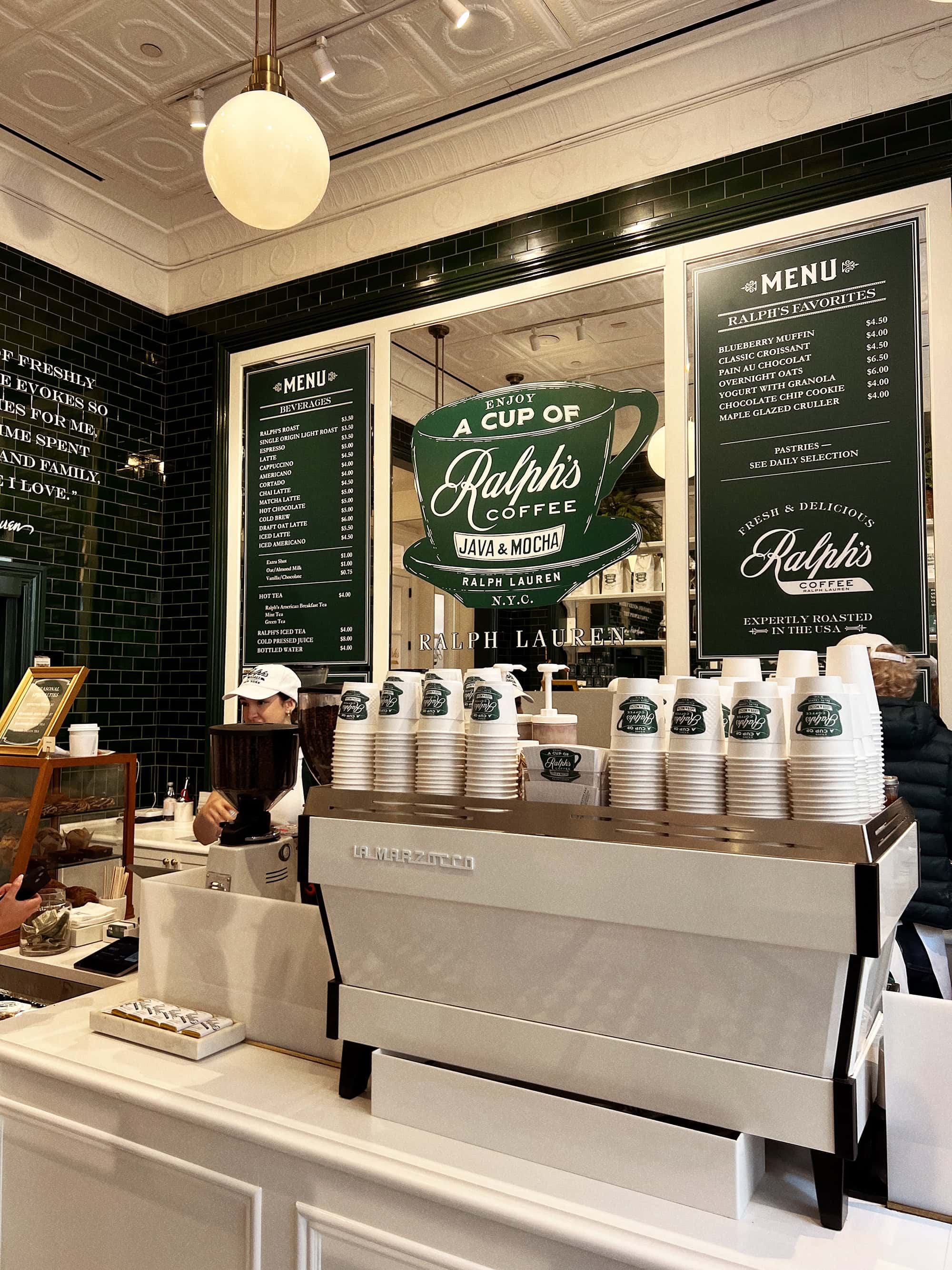
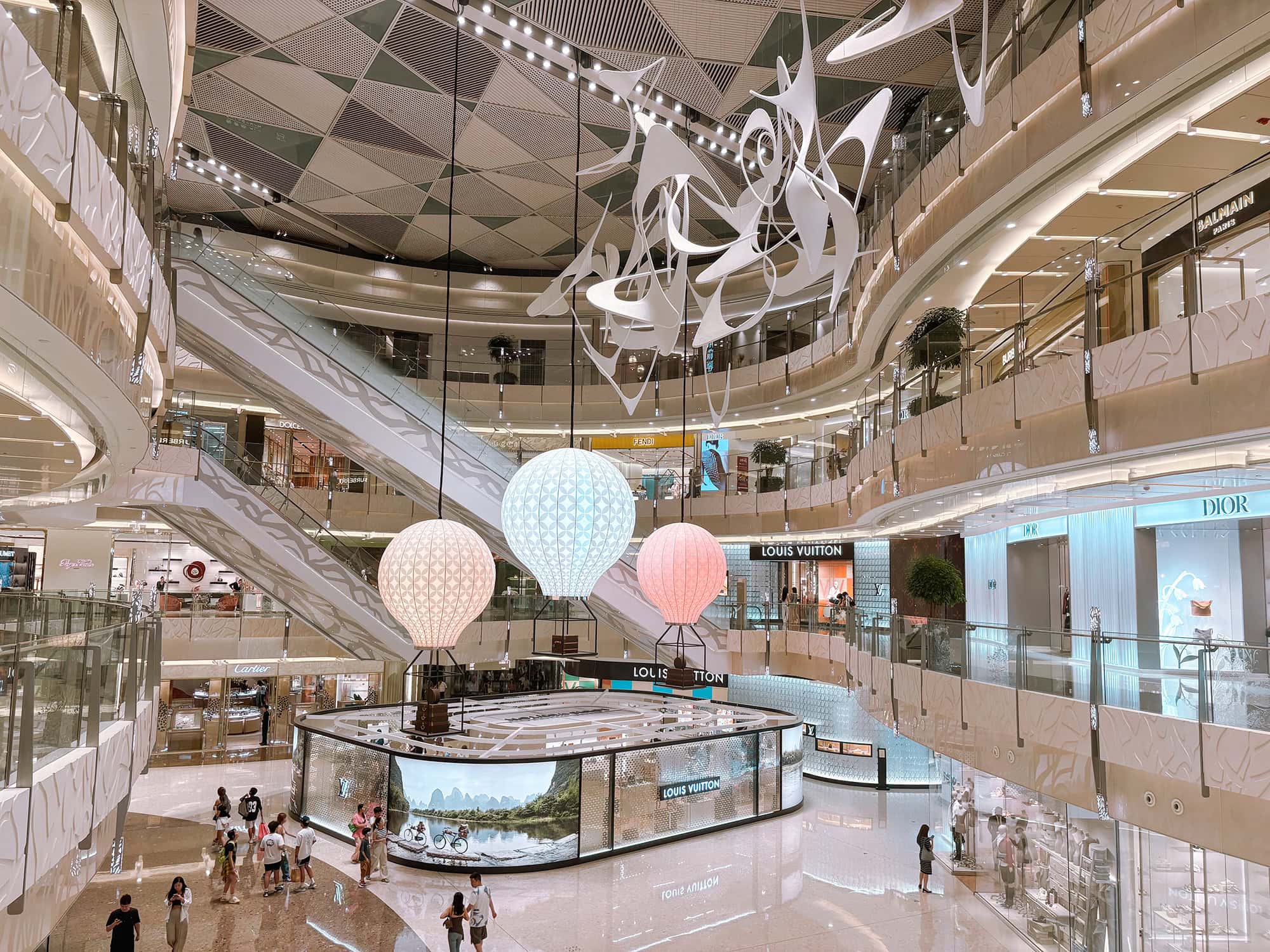
Key Takeaways for Selling Higher-Priced Products:
- Strong branding creates desire and communicates value.
- Your website should look professional and reflect product quality.
- Highlight unique selling points, curated offerings, or personalization to justify higher prices.
- Use storytelling and design to build emotional connections.
- Don’t compete on price—compete on perceived value.
A well-designed website and a strong brand are not just marketing tools—they are your most powerful way to convince customers that your products are worth paying more for. Present your business confidently and professionally, and higher prices become natural, not forced.
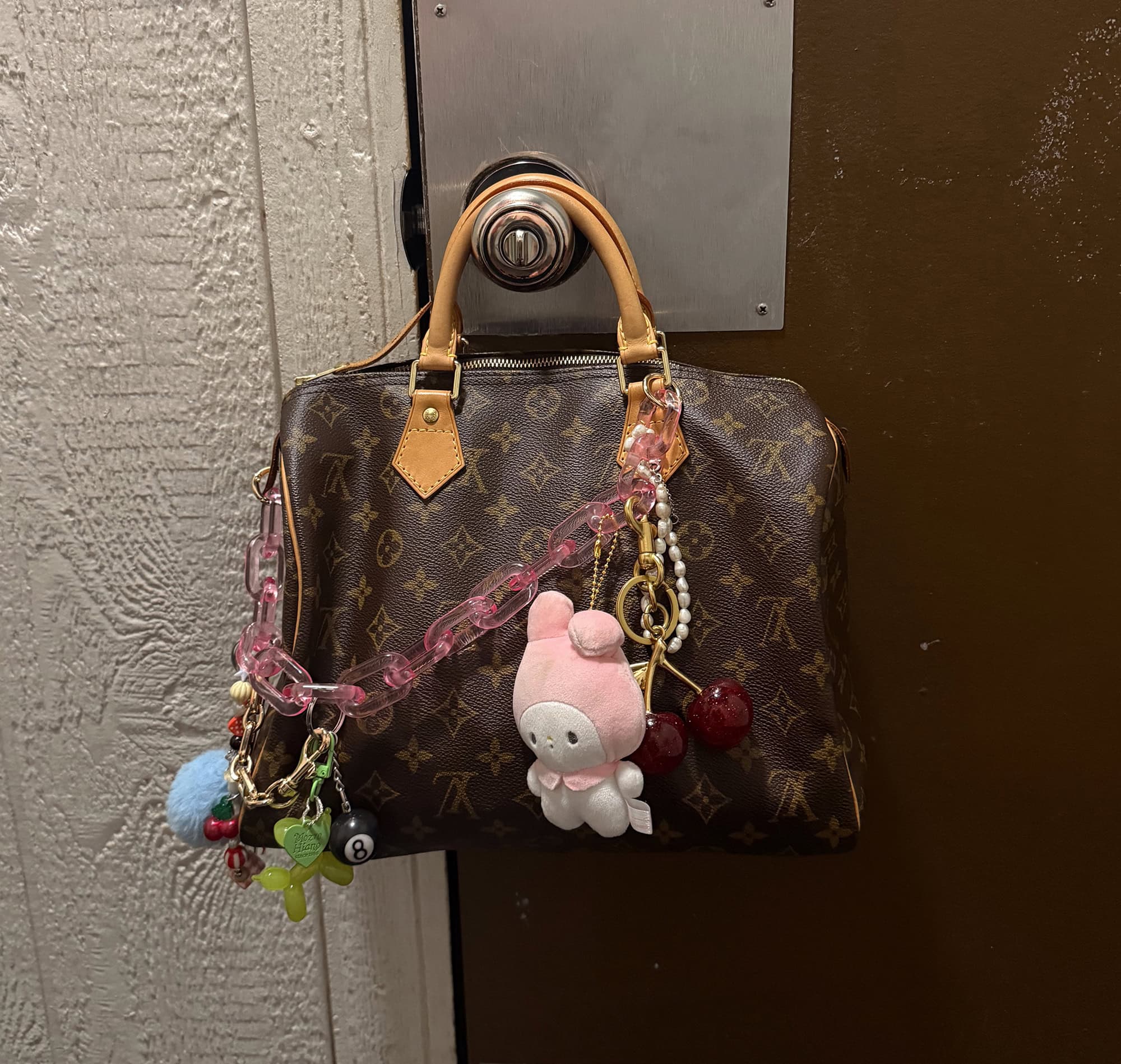
Strong Branding + Premium Website = Sell More Expensive Products.
Alright, maybe not LV..., but close enough to make your bank account smile. Premium perception pays the bills.
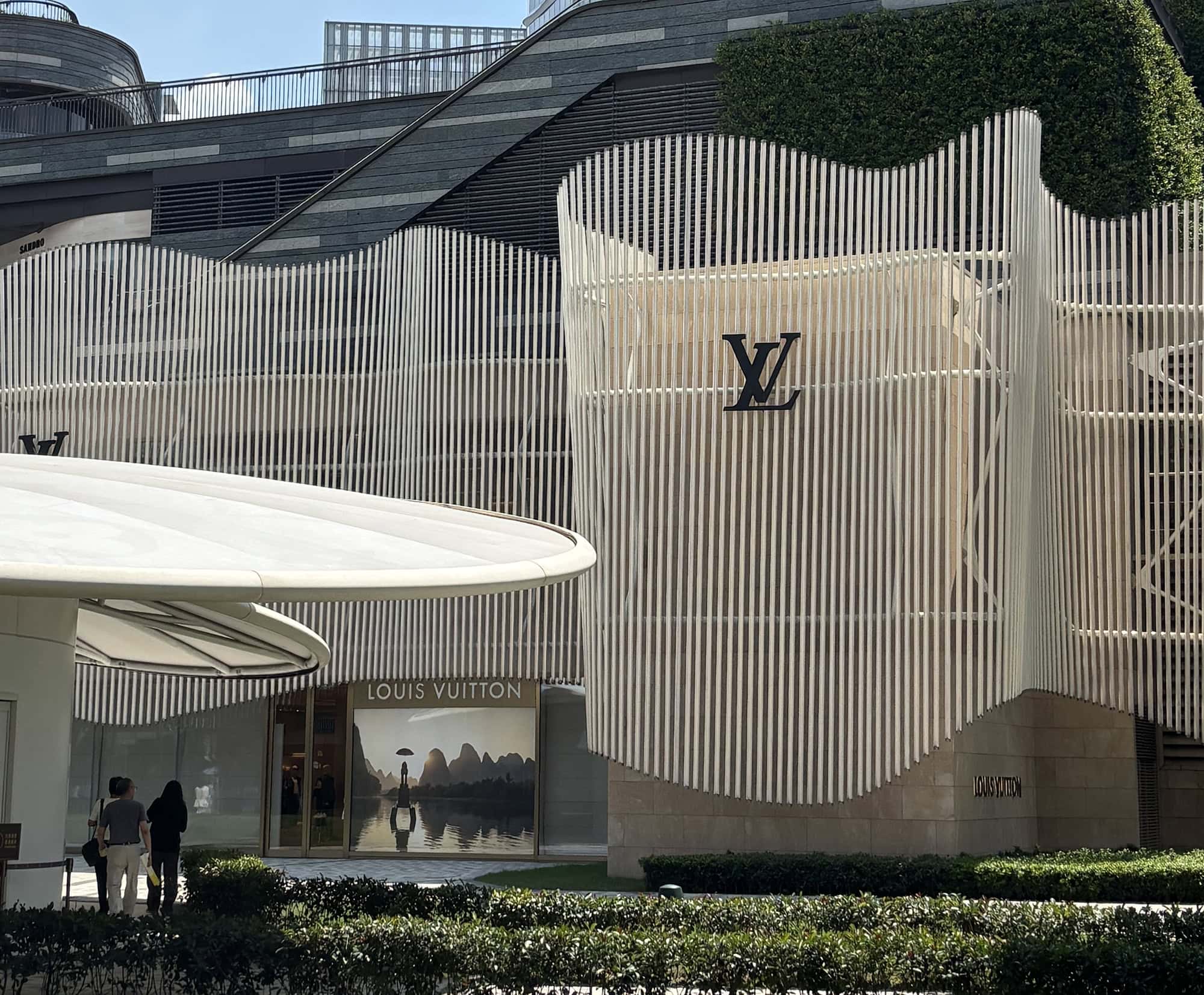

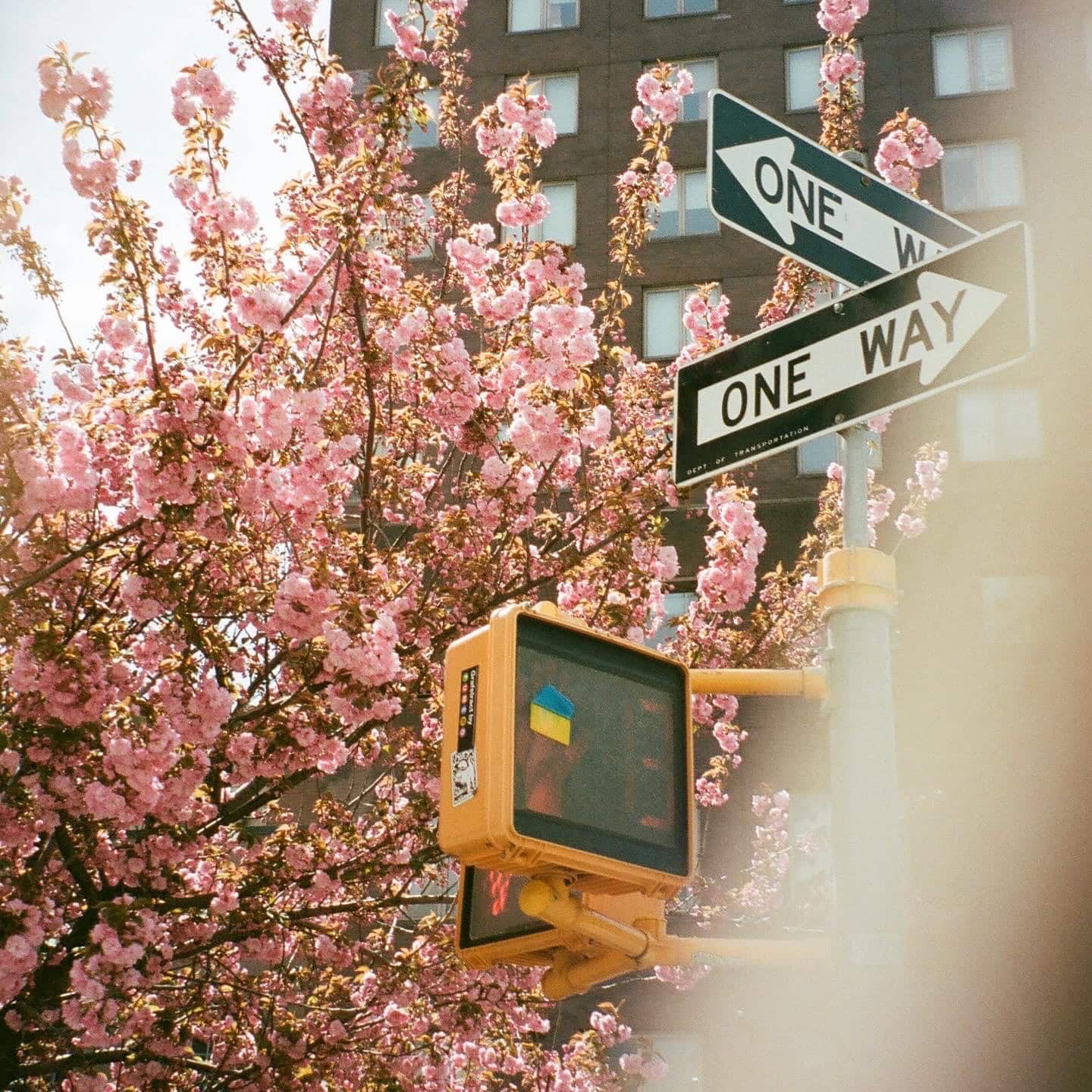
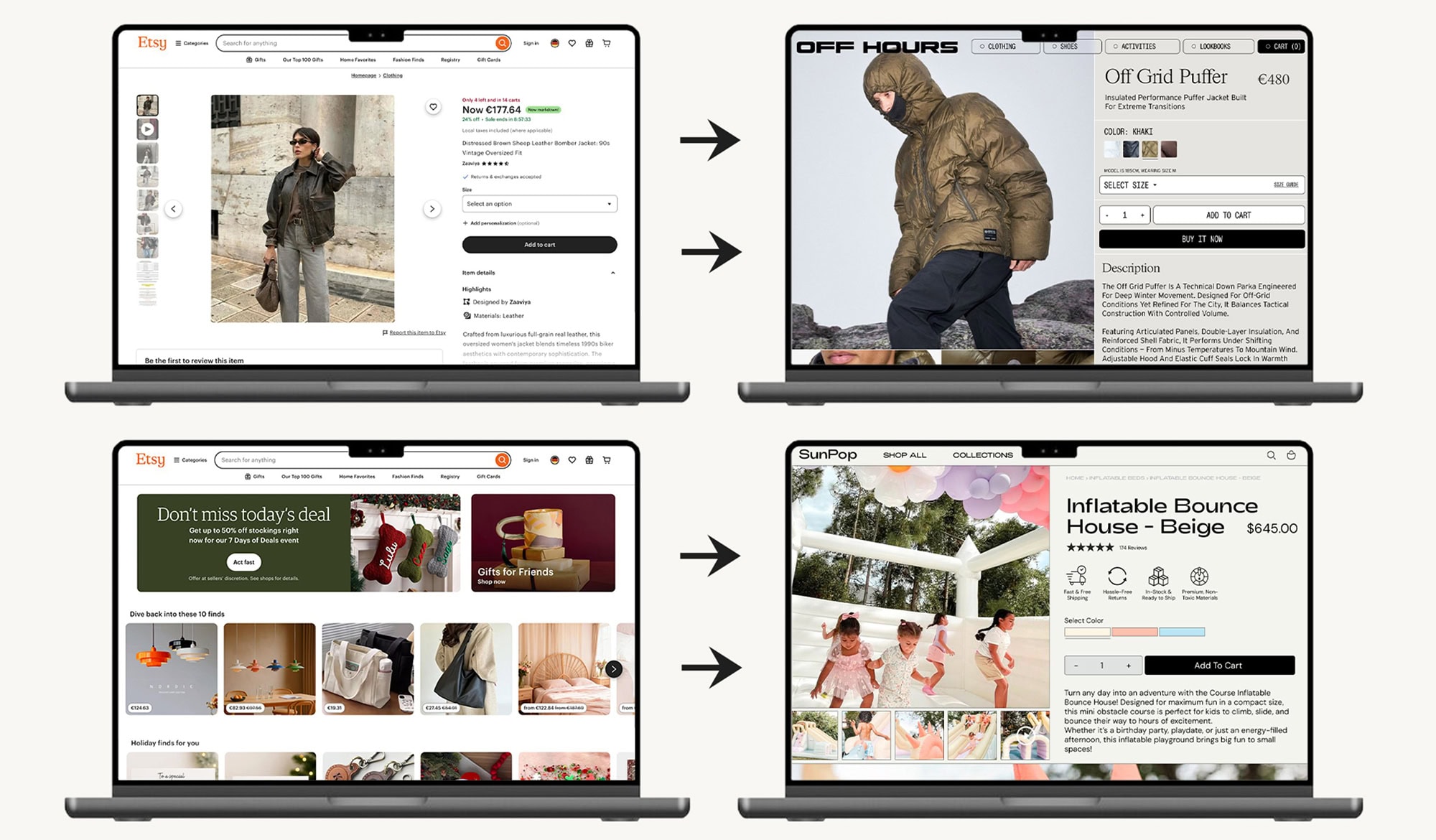
.jpg)
